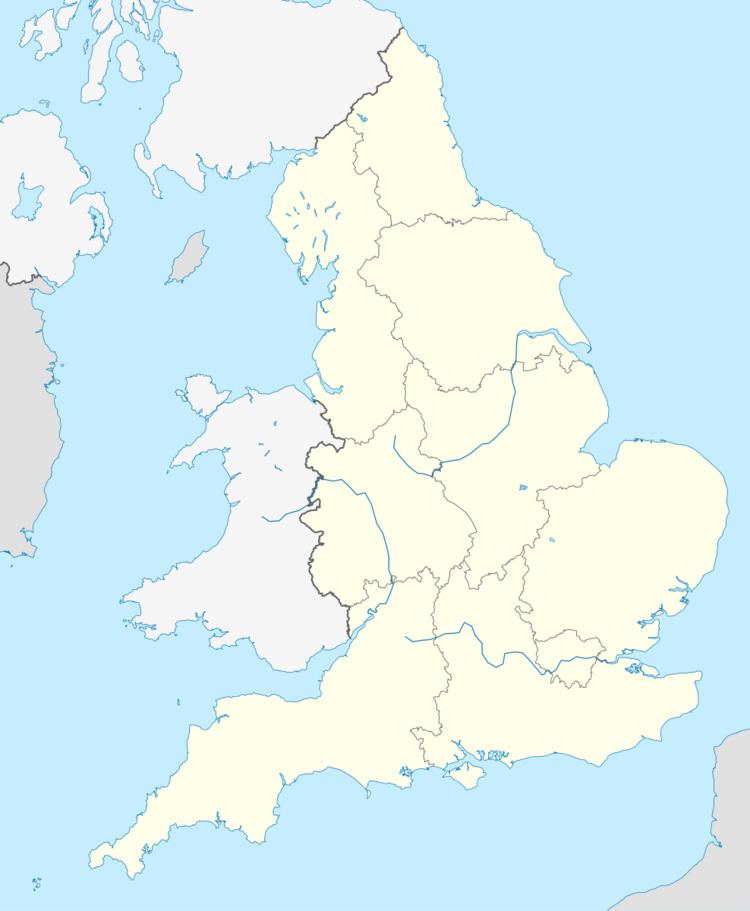 | ||
The Re-election system of the Football League, in use until 1986, was a process where the worst placed clubs of the league had to reapply for their place in the league while non-league clubs could apply for a league place. It was the only way for a non-league side to enter the Football League until direct promotion and relegation were introduced from the 1986–87 season onwards. The clubs placed on a re-election rank at the end of a season had to face their Football League peers at the Annual General Meeting of the league. At the AGM the league members had the choice to either vote to retain the current league members or allow entry to the league for applying non-league clubs.
Contents
Re-election had existed as early as 1890 when Stoke City failed to retain their league status. During the first five seasons of the league, that is, until the season 1893–94, re-election process concerned the clubs which finished in the bottom four of the league. From the 1894–95 season and until the 1920–21 season the re-election process was required of the clubs which finished in the bottom three of the league. From the 1921–22 season on, it was used for the two last placed teams of each of the Third Division North and South. After the formation of the Fourth Division in 1958, it applied to the bottom four clubs of that league.
The club with the largest number of re-election campaigns, Hartlepool United, fourteen between 1924 and 1984, was never actually voted out of the league but a number of other clubs were, the last of those being Workington in 1977 and Southport in 1978, who lost their league places to Wimbledon and Wigan Athletic respectively.
Third Division North and South
The southern group of the Third Division was established in 1920 with the northern group following the next year. The two leagues existed in parallel until 1958 when the Fourth Division was established.
In this era, Walsall faced the most re-election campaigns, seven. Clubs that lost their league place in this time were Aberdare Athletic (1927), Durham City (1928), Ashington (1929), Merthyr Town (1930), Newport County (1931), Nelson (1931), Gillingham (1938) and New Brighton (1951).
The following clubs had to face the re-election process during the Third Division North and South era:
Fourth Division
The Fourth Division was established in 1958 out of the bottom clubs of the two groups of the Third Division. The bottom four of the Fourth Division had to face re-election on an annual basis.
In this era, 32 clubs had to face the re-election process in 28 seasons. Of those, five failed to gain re-election: Gateshead (1960), Bradford Park Avenue (1970), Barrow (1972), Workington (1977) and Southport (1978). Elected in their stead were Peterborough United, Cambridge United, Hereford United, Wimbledon and Wigan Athletic. Geographically, all newly elected clubs were located further south than the club they replaced, a shift away from the more remote parts of northern England to the south.
Of those, Gateshead was the first to lose its league place, after only two seasons in the Fourth Division. The club had joined the Football League in 1930 and faced a successful re-election campaign in 1937. The club was convinced it would be re-elected, especially with Southport making their third consecutive re-election bid. In the end, on 28 May 1960, Gateshead only achieved 18 votes, with Southport the next lowest at 29. Gateshead lost their league place to Peterborough United who made their 21st attempt at entry into the Football League.
Gateshead was followed ten years later by former First Division side Bradford Park Avenue. The club had been a league member since 1908 and had faced re-election five times before, being successful in 1956, 1958, 1967, 1968 and 1969. Faced with the process for the fourth year running in 1970, the club received only 17 votes and dropped out of the league while Cambridge United was voted in with 31. Unsuccessful, Wigan Athletic even achieved a higher vote then Bradford Park Avenue, reaching 18.
Two seasons later, Barrow was replaced by Hereford United.
A five-year break followed before Workington was voted out of the league in 1977. The club had only joined the league in 1951, being voted in at the expense of New Brighton which they beat by ten votes. Workington faced two successful re-election campaigns in its first two seasons in the league but then did not have to apply again from 1953 to 1974. After three more successful campaigns in 1974, 1975 and 1976 the club's league membership came to an end on 17 June 1977 when Wimbledon received 27 votes and Workington only 21, finishing fifth in the tally.
The last club to lose their Football League status through a vote was Southport, who were voted out in favour of Wigan Athletic in 1978. Southport was tied with Wigan on 26 votes and a second round between the two was necessary which Wigan carried by nine votes.
No club was voted out in the following eight seasons until 1986, after which the system was abandoned in favour of direct promotion between the Football League and the Football Conference. On 23 May 1986, the last time a re-election vote was held, Exeter City, Cambridge United, Preston North End and Torquay United had their league places confirmed while Enfield was denied a place in the league.
The following clubs had to face the re-election process during the Fourth Division era:
